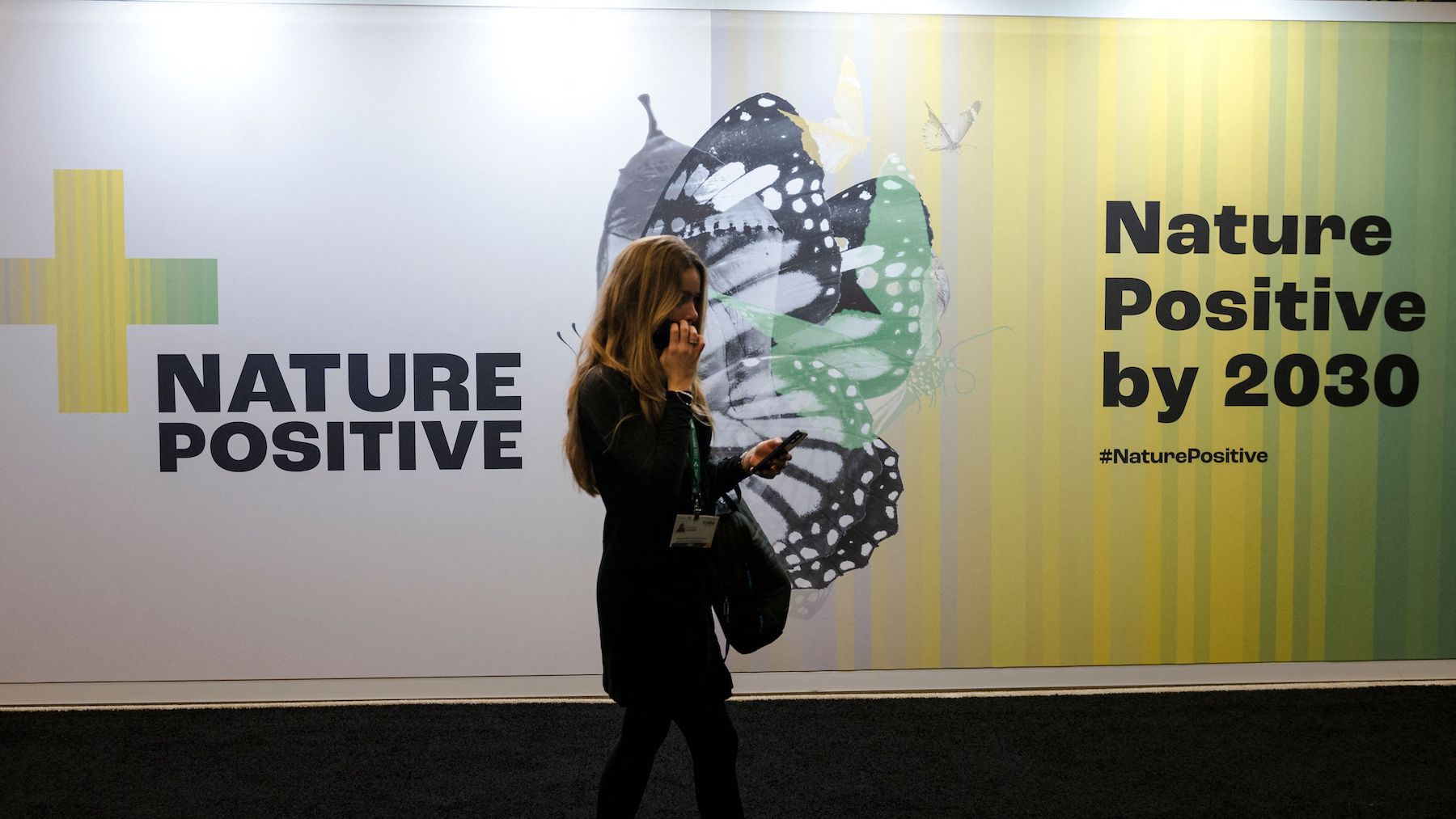
Over the last two weeks, several major fashion companies seized on COP15, the UN biodiversity conference taking place in Montreal, to highlight their commitments to tackling the threat that human activity poses to the natural world, as one million species of plants and animals face possible extinction.
H&M Group, Burberry, Kering and Zara-owner Inditex have thrown their weight behind a campaign to make biodiversity impact a mandatory disclosure for large businesses. Kering also invited luxury fashion and beauty companies — starting with L’Occitane Group — to join its newly launched Climate for Nature Fund, an investment vehicle aimed at mobilising €300 million (about $320 million) to finance nature restoration and community projects, while LVMH strengthened its ties with UNESCO and announced a new programme to restore forest cover in the Amazon with non-profit Reforest’Action.
Conservation experts say COP15 is a make-or-break opportunity to define ambitions to restore and protect nature for the next decade, establishing a framework similar to what the historic Paris Agreement in 2015 did for climate targets.
Though nature conservation is harder to define and measure than greenhouse gas emissions, wildlife populations saw an average decline of 69 percent between 1970 and 2018, and one million plants and animals now face the threat of extinction, according to a report published in October by the World Wildlife Fund. That’s a problem for the planet. But it also has direct consequences for fashion businesses, which need to shore up their access to natural resources and strengthen their supply chains.
In the absence of clearly defined frameworks and science-based targets, fashion companies and NGOs alike are coalescing around buzzwords like “nature-positive” but tackling the issue in earnest will require reform at the very heart of how fashion businesses operate. And as it currently stands, there are large gaps between commitments and actions.
Fashion companies are largely still at the roadmapping and benchmarking stage and have yet to define and implement actions to tackle the issue. The G7 Fashion Pact, an alliance of more than 200 major fashion brands, made biodiversity one of its three key pillars when it announced targets in October 2020. But ambitions in this area are limited to building biodiversity strategies, aligning with science-based targets, and committing to deforestation-free materials by 2025.
The fashion industry’s biodiversity ambitions must be bigger and they must be baked into the way it manages the supply chains it relies on for natural resource extraction and manufacturing.
There is evidence that brands are taking a more thoughtful approach to nature-based initiatives, not just planting acres of trees in a bid to offset negative impacts on the other side of the world. Kering’s nature fund, for example, will primarily target projects in countries where participating companies source their raw materials from.
Meanwhile, concepts like regenerative agriculture, which help restore soil health, increase carbon sequestration and encourage biodiversity, have piqued the interest of more and more major fashion companies, this year’s BoF Sustainability Index found. But only three of the 30 companies surveyed indicate a strategy to transform their supply chains.
That requires a level of traceability down to raw materials suppliers that fashion companies have yet to master, but some experts say this shouldn’t impede action.
“If you don’t know where your supply base is, you can still act,” said Liesl Truscott, director of industry accountability and insights at non-profit Textile Exchange. “Let’s not wait to have full traceability. We know where the hotspots are.”


